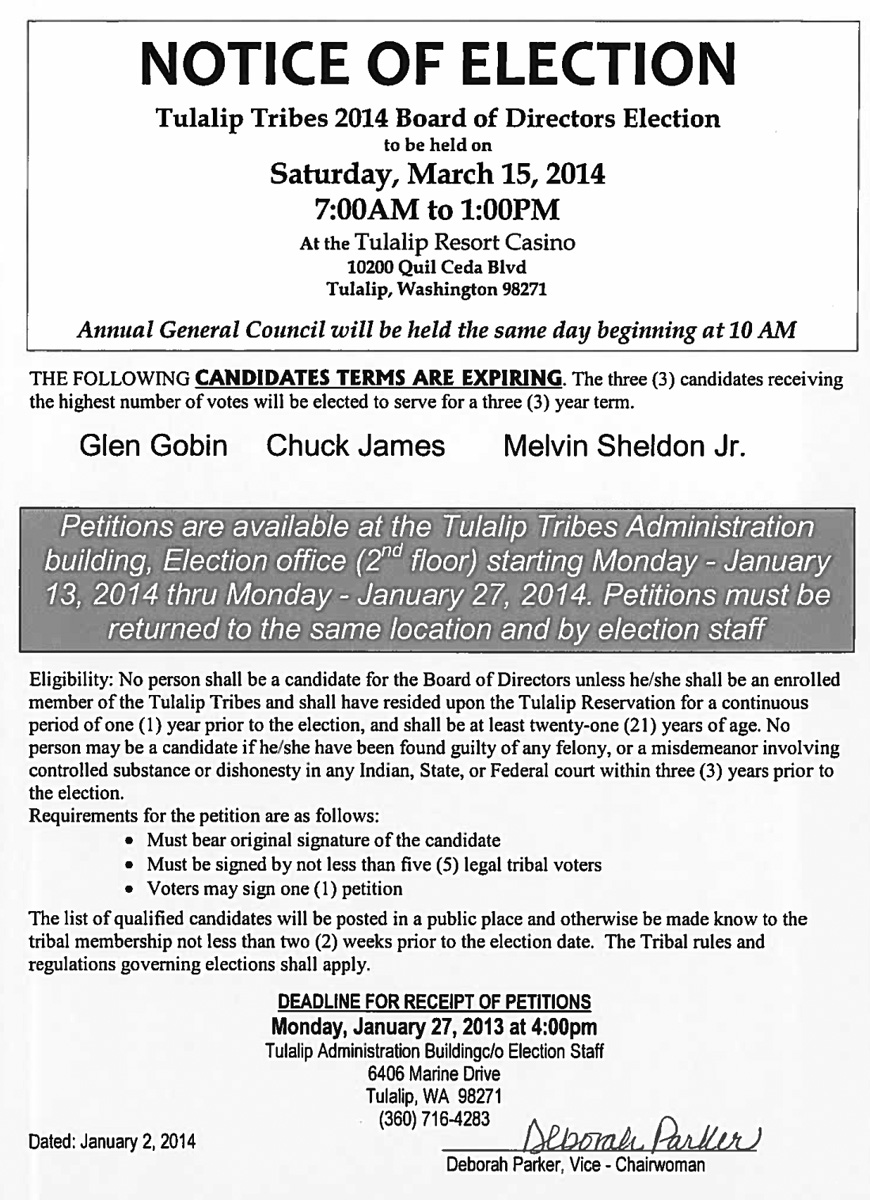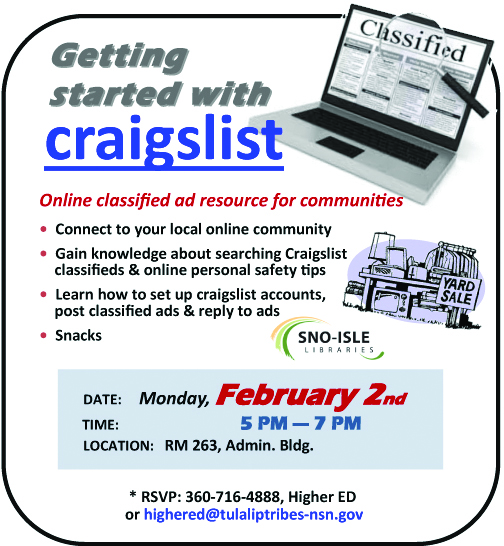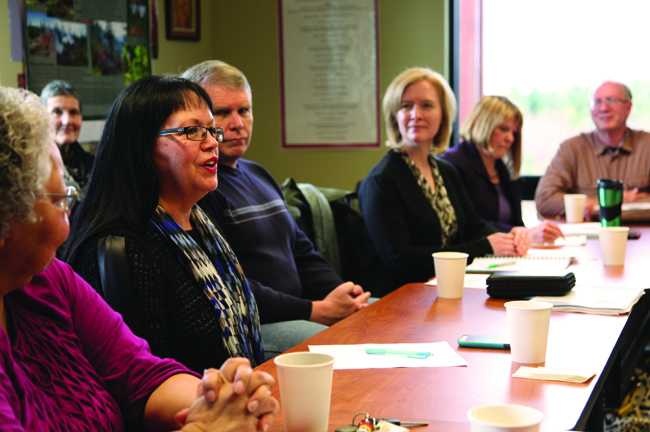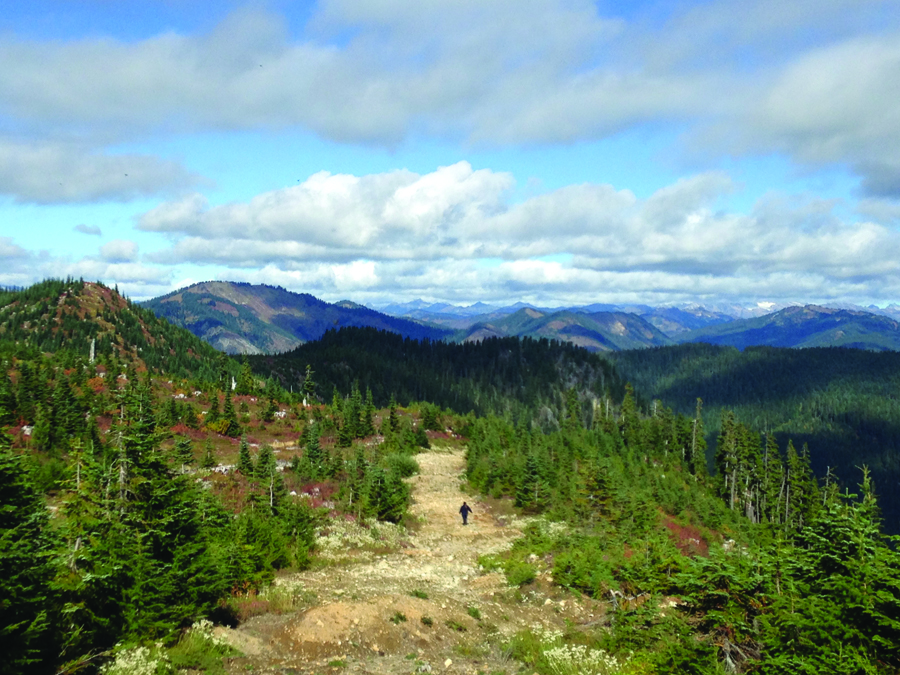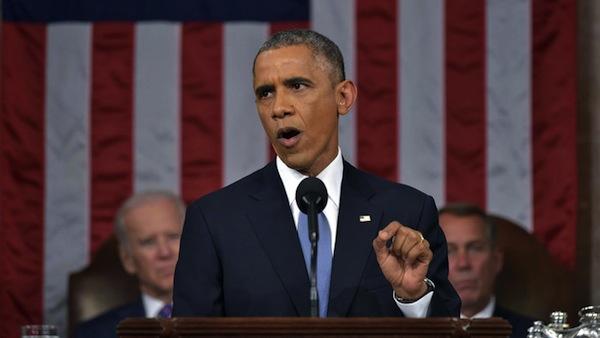WASHINGTON, DC – Following yesterday’s Senate Health, Education, Labor and Pensions (HELP) Committee Hearing on “Fixing No Child Left Behind (NCLB): Testing and Accountability,” National Indian Education Association (NIEA) President Melvin Monette issued the following statement explaining the need for an Elementary and Secondary Education Act (ESEA) reauthorization that upholds the trust responsibility of the United States and fairly provides Native students education services based on principles of accountability, equity, and excellence. President Monette stated:
The ESEA is in pressing need of updating and we commend the Senate HELP Committee under the leadership of Chairman Lamar Alexander (R-TN) for moving forward the reauthorization through recently introduced draft language. However, the current iteration illustrates a need for improvement, so we request that the federal government honor its’ trust responsibility to tribes and Native education by fairly providing comprehensive educational opportunities to Native students within any ESEA reauthorization.
During the State of the Union Address, President Obama rightfully celebrated the nation’s all-time high graduation rates among high school students. Unfortunately, the stressed graduation rates and academic successes are often not representative of many Native communities. NCLB has done little to address the longstanding challenges affecting Native students. Over the past decade, Native students continue to trail their peers in reading and mathematics (grades four and eight). Nationwide, our students face some of the lowest high school graduation rates with even fewer students graduating from college. Native education is in a state of emergency and tribes have long awaited the opportunity to partner with Congress to take bold action that will significantly improve the education systems serving Native communities.
Tribes and Native communities have an enormous stake in their children’s education. While the ESEA reauthorization must provide effective accountability and protect the civil rights of all Americans, the ESEA reauthorization must also be a commitment to the sovereignty of this country’s First Americans. As such, the ESEA draft should be revised to support tribal nations as they develop their ability to deliver education services as well as coordinate with local and state educational agencies. Only by including the following priorities will an ESEA reauthorization ensure effective and efficient use of funds and delivery of resources to Native communities as well as increase Native student achievement.
NIEA calls on the Senate to include the following priorities:
- Strengthen Native Participation in Education: Tribes should have the authority to build their capacity to administer education title programs. Native leaders understand their children best and can better address their students’ unique cultural and academic needs.
- Encourage Tribal/State Partnerships: While the federal government has a trust responsibility to work with tribes, tribal concerns are often excluded at the state and local level. The ESEA reauthorization should require local and state educational agencies to closely work and meaningfully consult with tribes when developing applications and plans for ESEA title programs.
- Preserve and Revitalize Native Languages: The continued existence of Native languages is crucial to protecting and strengthening Native culture and tribal communities as well as increasing the academic achievement of Native students. Any ESEA reauthorization should provide resources for eligible schools to participate in a program to develop and maintain Native language immersion education models.
- Increase Access to Native Student Records: Native students often transfer between federal, state, and tribal school districts, which creates information gaps as systems are not required to track and coordinate student data. The ESEA reauthorization should provide the ability for schools and state and local educational agencies to share Native student data with their local tribes. Providing such information will create longitudinal student statistics that will help schools and Native partners alleviate issues that decrease Native student achievement.
NIEA, tribes, and our national and local partners look forward to working with members of Congress to strengthen this initial draft proposal. It is critical the ESEA reauthorization serves Native students and their peers by not only ensuring equity and accountability, but also including tribes within their local education systems. This great country cannot afford to ignore the needs of its most vulnerable students. By reinforcing America’s trust responsibility and strengthening tribal sovereignty throughout the ESEA, Congress will begin to reverse the negative impacts affecting Native communities and ensure local cooperation fosters efficiency and academic excellence for all students.



